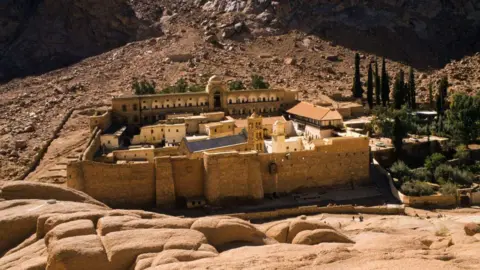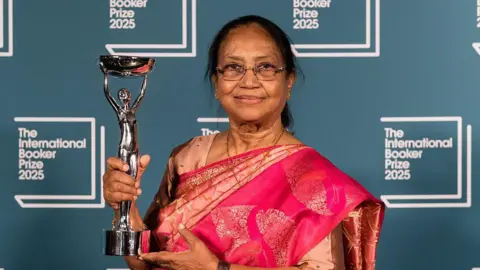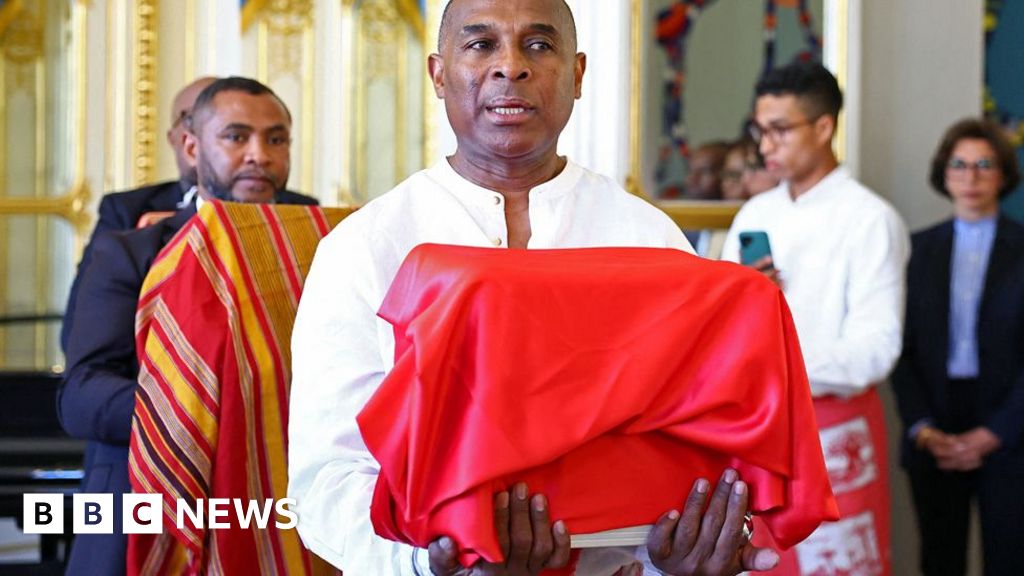For decades, the gamchha, a traditional red-and-white checked scarf, has been a staple in Indian households, particularly among the working class in West Bengal and beyond. However, a new exhibition in Delhi, entitled “Gamchha: From the Ordinary to the Extraordinary,” recently concluded, showcasing over 250 variations of this simple fabric from 14 states. The display emphasized the gamchha's rich context and its role as a symbol of social equality, as articulated by Jaya Jaitly, founder of the Dastkari Haat Samiti.
This exhibition is part of an exciting new wave of presentations meant to enrich the narrative surrounding India’s textiles — shifting the spotlight from luxury items of culture to the lesser-known, yet equally significant, fabrics that define the country’s textile heritage. With the global textile market recognizing India's contribution, a series of innovative exhibitions have emerged, curated in collaboration with local artisans, private collectors, and cultural institutions, all aimed at redefining the representation of textiles in India.
Unlike the glitzy launch events often associated with high fashion, these exhibitions choose understated venues away from urban centers, avoiding celebrity culture and instead emphasizing authentic craftsmanship. Ritu Sethi of the Crafts Revival Trust describes this shift as "technology-prompted egalitarianism," where social media platforms unveil the identities of artisans, allowing them to claim their rightful place in the narrative of Indian textiles.
A key goal of these exhibitions is to widen the scope of India's textile history by incorporating varied narratives that encompass the struggles and traditions of marginalized artisans. For instance, the ongoing “Textiles of Bengal: A Shared Legacy” highlights the region's unique fabric techniques from the 17th century onward, while “Take Pampa: Textiles of Karnataka” showcased intricate works from nomadic communities, reflecting their enduring heritage.
These discussions and exhibitions also embrace contemporary innovations. For instance, the “Surface: An Exhibition of Indian Embroideries and Surface Embellishment as Art” presented textiles not just in clothing but as integral to artistic works, fostering a deeper appreciation for the interplay between fabric and art within Indian culture.
Despite the historic richness of India's textile legacy, completeness in documentation remains a challenge, with industry experts urging for more comprehensive archives. Initiatives like the “Pehchaan: Enduring Themes in Indian Textiles” project have begun to fill this gap by illuminating centuries-old design narratives.
The ongoing success of these diverse textile exhibitions suggests a promising future that merges heritage with innovation, engaging new audiences and energizing the community of artisans and designers. As curators like Mayank Mansingh Kaul work to elevate this creative ecology, the importance of preserving and celebrating India’s textile narrative continues.


















